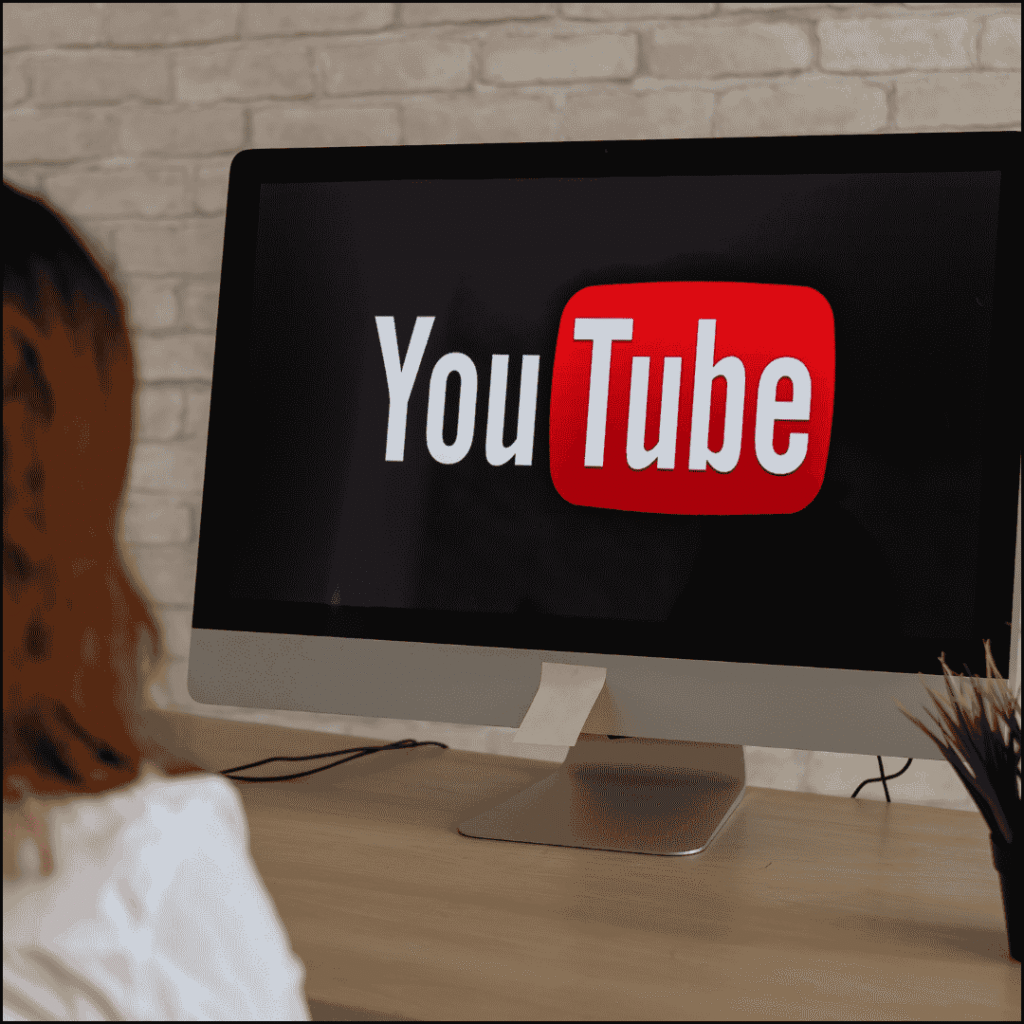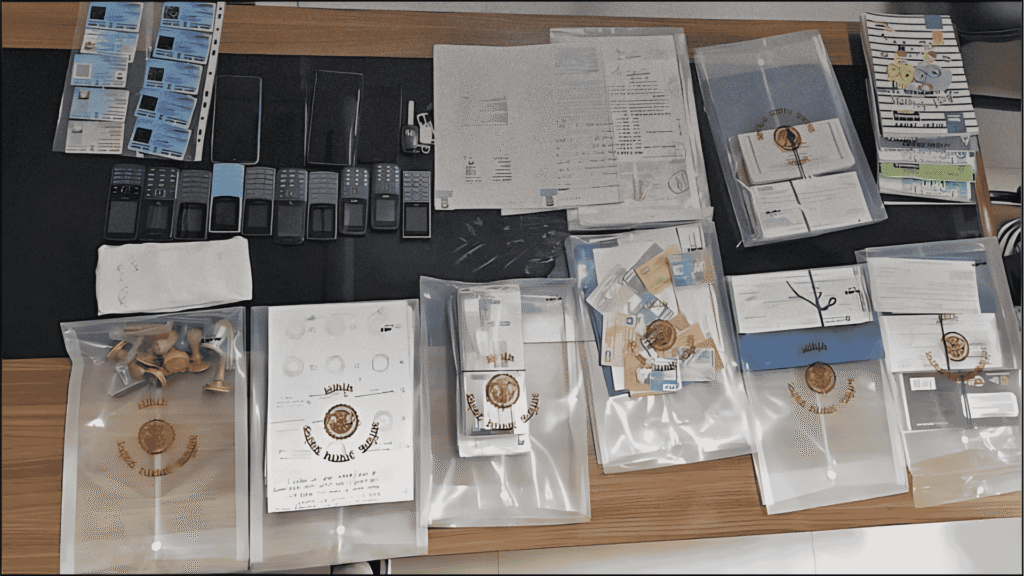
YouTube is rolling out its most significant YouTube Monetization update yet, effective July 15, 2025. The revised YouTube Partner Program (YPP) policies aim to elevate content quality by cracking down on repetitive, mass-produced, or low-effort videos. This shift emphasizes originality and authenticity, targeting AI-generated content, reaction mashups, and recycled clips. For creators, this is a pivotal moment to adapt or risk losing revenue. In this blog, we dive deep into the update, its implications, and actionable strategies to stay compliant and successful.
What’s Changing in the YouTube Partner Program?
YouTube’s updated YPP guidelines, announced on July 2, 2025, focus on ensuring content provides “substantial value” to viewers. Here’s a breakdown of the key changes:
1. Stricter Originality Requirements
- What’s Allowed: Videos must be original or significantly transformed with creative edits, commentary, or unique storytelling. Repetitive content, like tutorials or compilations, is permitted if it serves an educational or entertainment purpose.
- What’s Restricted: Low-effort content, such as AI-generated slideshows, unedited reaction videos, or repurposed clips from other platforms, faces scrutiny. Videos lacking creative input or viewer value may be demonetized.
- Example: A compilation of viral clips with original narration and analysis could still monetize, but a montage of unedited TikTok videos likely won’t.
2. Enhanced AI Detection Tools
YouTube is upgrading its AI-driven systems to flag “inauthentic” content. These tools analyze:
- Video metadata (titles, thumbnails, descriptions)
- Content patterns (e.g., repetitive uploads or mass-produced videos)
- Viewer engagement signals
Non-compliant videos may lose monetization, and repeated violations could lead to YPP suspension.
3. Eligibility Criteria Remain Intact
The basic YPP thresholds haven’t changed:
- 1,000 subscribers
- 4,000 valid public watch hours in the past 12 months or 10 million valid public Shorts views in the last 90 days
However, even eligible channels must now meet stricter content quality standards.
4. Age Restrictions for Live Streaming
Starting July 22, 2025, YouTube is raising the minimum age for unsupervised live streaming from 13 to 16. Creators aged 13–15 will need a visible adult present to stream, aligning with child safety policies.
Why Is YouTube Monetization Making These Changes?
YouTube Monetization update responds to growing concerns from users, advertisers, and brands about low-quality content flooding the platform. AI tools have made it easier to churn out videos at scale, diluting viewer experience and undermining trust. By prioritizing authenticity, YouTube aims to:
- Enhance viewer satisfaction
- Attract premium advertisers
- Support creators who invest in high-quality content
The platform frames this as a technical refinement, but it’s a clear signal: originality is non-negotiable.
Who’s Affected by the Update?
- AI-Generated Content: Videos created with minimal human input, like text-to-video tools or automated slideshows.
- Reaction Mashups: Unedited or lightly edited reactions to trending content.
- Recycled Clips: Compilations or repurposed material from other platforms without significant transformation.
- Mass-Produced Videos: Channels uploading high volumes of similar content with little variation.
Creators producing unique, engaging content—think vlogs, tutorials with personal flair, or scripted sketches—are less likely to be impacted.
How Creators Can Adapt and Thrive
- Focus on Originality: Add your unique voice, perspective, or creative edits to every video. For example, if you’re reacting to a viral clip, include thoughtful commentary or humor to stand out.
- Invest in Quality: Enhance production value with better lighting, sound, or editing. Tools like Adobe Premiere Pro or DaVinci Resolve can elevate your content.
- Diversify Content: Experiment with formats like vlogs, Shorts, or live streams to engage your audience authentically.
- Review Metadata: Ensure titles, thumbnails, and descriptions accurately reflect your video’s value. Avoid clickbait, as it could trigger AI flags.
- Stay Informed: Follow YouTube’s Creator Insider channel for updates and best practices.
- Audit Your Channel: Review past videos to identify content at risk of demonetization. Consider unlisting or reworking non-compliant uploads.


